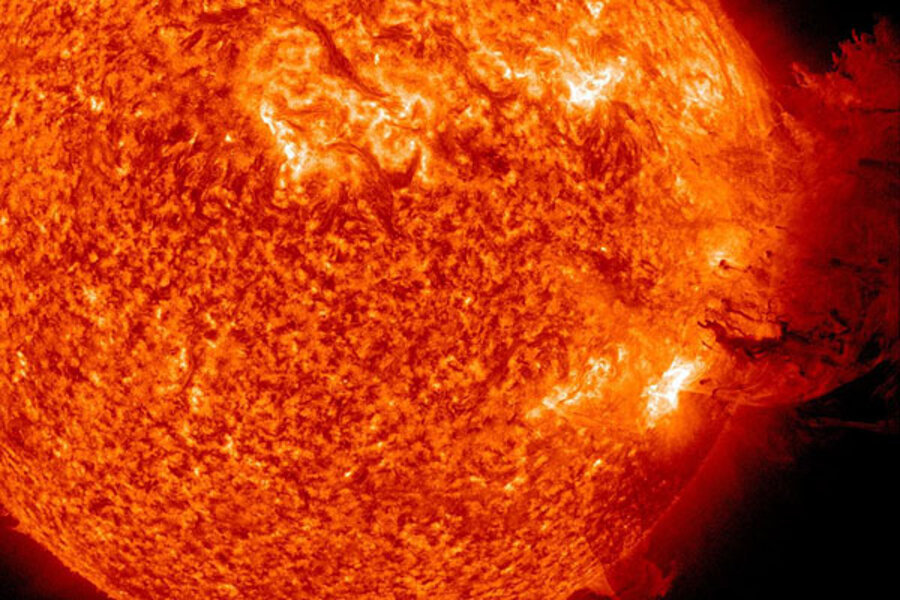Astronauts aboard the International Space Station captured breathtaking images of the northern lights, or aurora borealis, from their unique vantage point in orbit. This natural phenomenon occurs when charged solar particles interact with Earth’s magnetic field, emitting light in vibrant colors like green, red, and purple. These observations not only showcase the beauty of Earth’s upper atmosphere but also provide valuable data on the Sun-Earth connection and the impact of solar activity on the planet’s magnetosphere.
-
SDO Captures Stunning Filament Eruption and Earth-Directed CME
On September 29, 2013, NASA’s Solar Dynamics Observatory (SDO) captured a spectacular video of a large filament eruption on the Sun using its 304-angstrom channel. The eruption produced an impressive coronal mass ejection (CME) with a component directed toward Earth, demonstrating the dynamic and volatile nature of the Sun’s surface.
-
Discovery of Temporary Third Van Allen Belt Reveals New Insights into Earth’s Radiation Environment
In 2013, NASA’s Van Allen Probes discovered a temporary third radiation belt around Earth, challenging the long-standing understanding of the planet’s radiation zones. This third belt, composed of high-energy particles, persisted for about four weeks before being disrupted by a powerful interplanetary shock wave from the Sun. The discovery has significant implications for space weather forecasting and the protection of satellites and astronauts from harmful radiation.
Source: https://www.huffpost.com/entry/third-van-allen-belt-solar-storm_n_4017297
-
Solar Storm Images on Solar Alert App
Striking Aurora Ovation Images of the Extreme Solar Storm Impacting Earth Today – September 14, 2014.
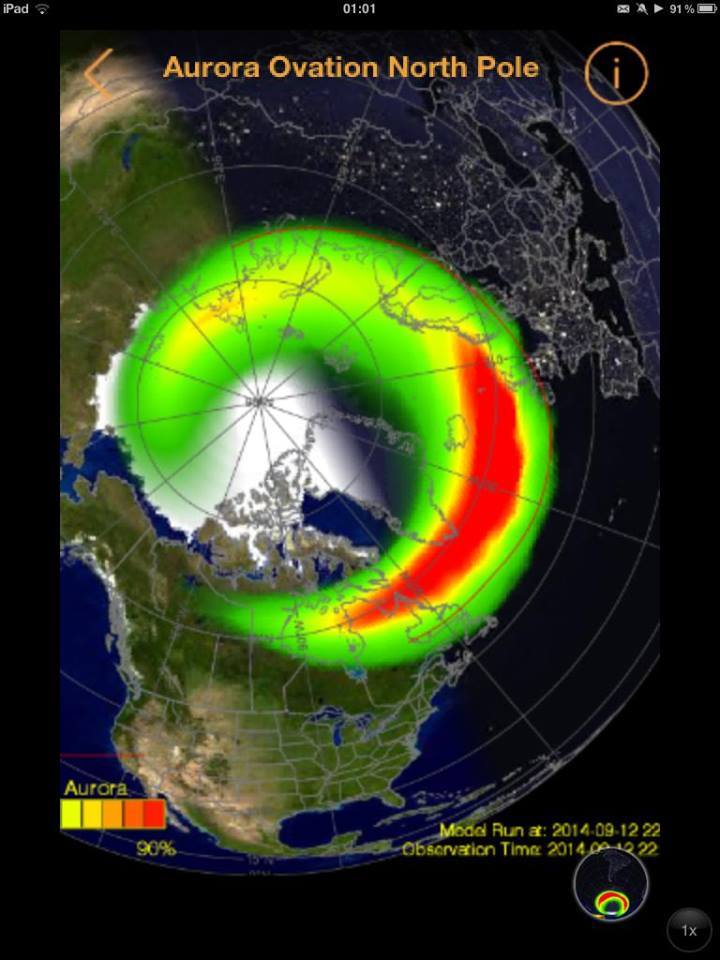

-
Sun’s Plasma Conveyor Belt: New Insights Challenge Existing Solar Cycle Models
Recent research has revealed that the Sun’s internal plasma flow, known as meridional circulation, operates at a much faster pace and extends only half as deep as previously thought—about 62,000 miles beneath the solar surface. This conveyor-belt-like mechanism moves plasma from the equator to the poles on the surface and back to the equator through the interior. These findings, based on data from NASA’s Solar Dynamics Observatory, suggest that existing models of the solar cycle may need revision to improve predictions of solar storms that can impact Earth.
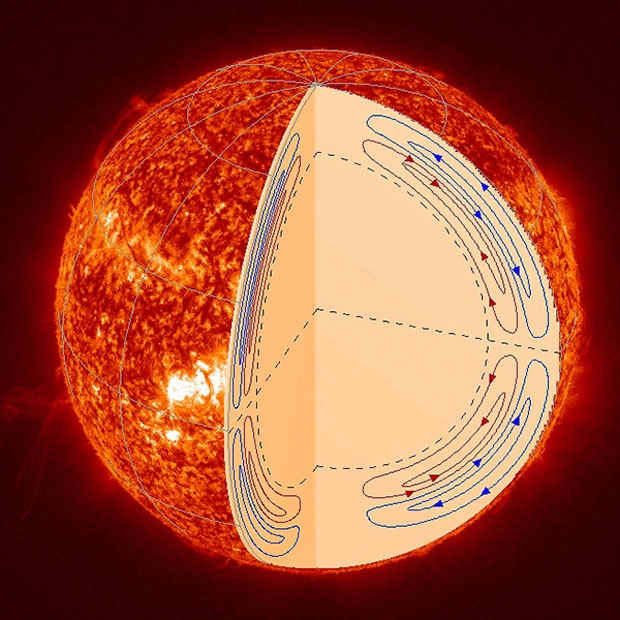
-
Solar Storm Approaches Earth: Potential Impacts on Technology and Auroras Expected
On August 21, 2013, the Sun emitted a coronal mass ejection (CME) at 1:24 a.m. EDT, propelling superheated particles toward Earth at approximately 570 miles per second. While these particles are harmless to humans, they have the potential to disrupt electronic systems in satellites and on the ground, potentially affecting services like cell phones, GPS, and power grids. However, NASA indicated that this particular CME was unlikely to cause significant disruptions, as similar events in the past have typically resulted in mild geomagnetic storms. Additionally, such CMEs can produce auroras in higher latitude regions when interacting with Earth’s magnetic field.
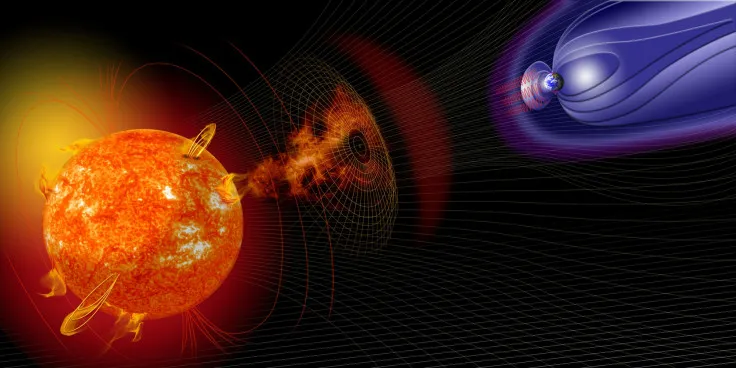
Source: https://www.ibtimes.com/solar-storm-superheated-particles-approaching-earth-1395179
-
Preparing for EMPs and Solar Storms: Insights from Dr. Arthur T. Bradley
Arthur T. Bradley, Ph.D., a NASA engineer at Langley Research Center, was inspired by the 9/11 attacks to create a comprehensive disaster preparedness guide. In his book, Disaster Preparedness for EMP Attacks and Solar Storms, he explains the risks posed by both solar and nuclear electromagnetic pulses (EMP) and offers practical, step-by-step survival strategies for enduring long-term power outages. Dr. Bradley emphasizes realistic preparedness and discusses key survival tactics in a detailed and engaging 20-minute interview.
-
Recent Solar Flare Exposes Weaknesses in Power Grid Infrastructure
A recent solar flare has highlighted vulnerabilities in the U.S. power grid. The flare caused geomagnetic disturbances that can induce electric currents in power lines, potentially leading to widespread outages. Experts emphasize the need for improved infrastructure resilience and better forecasting to mitigate the impacts of such solar events.
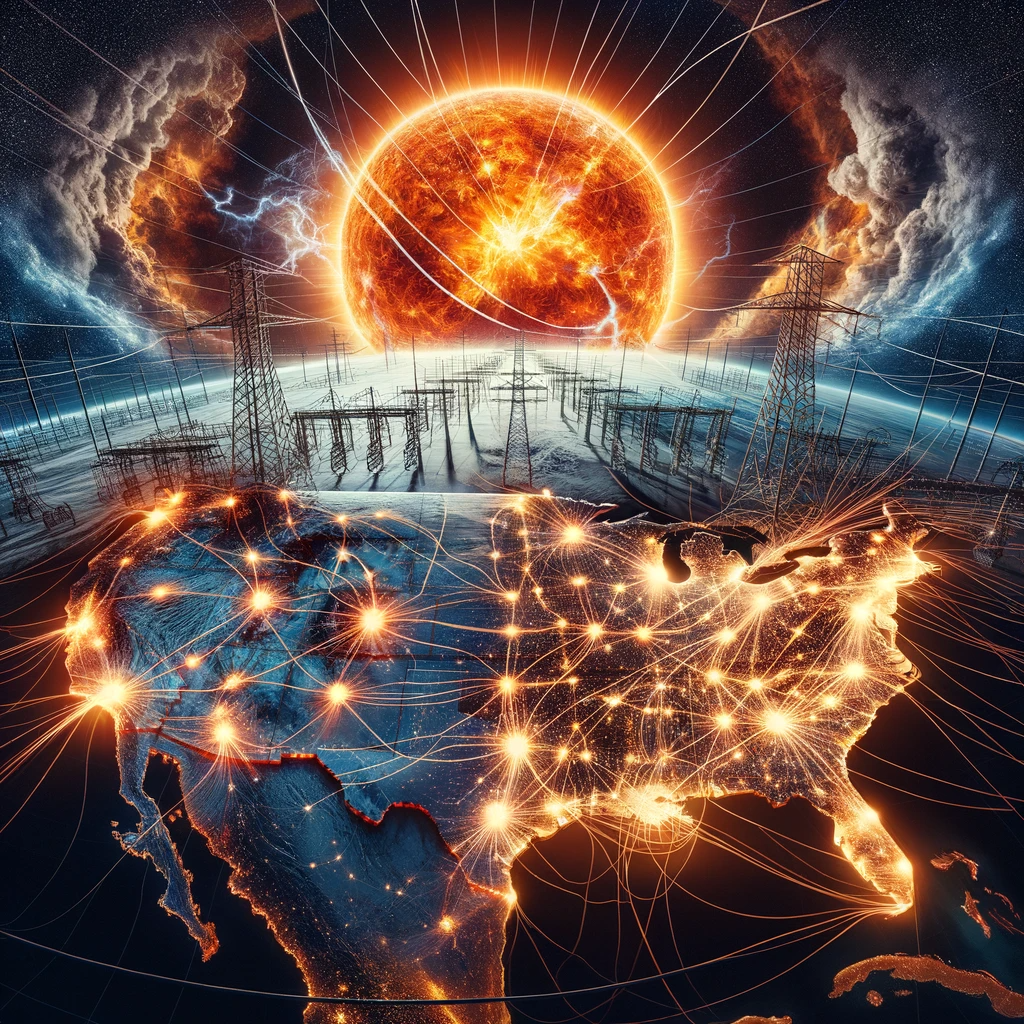
-
Solar Storms: Assessing the Risk of Global Technological Disruption
Solar storms, particularly coronal mass ejections (CMEs), pose significant threats to Earth’s technological infrastructure. These events can induce geomagnetic storms, leading to widespread power outages, satellite malfunctions, and communication disruptions. The increasing reliance on technology amplifies the potential impact of such solar phenomena. Historical instances, like the 1859 Carrington Event, demonstrate the catastrophic effects of severe solar storms. Modern society’s dependence on interconnected systems makes it vulnerable to similar events, which could result in global technological meltdowns. Mitigation strategies, including improved forecasting and infrastructure resilience, are essential to prepare for future solar activity.
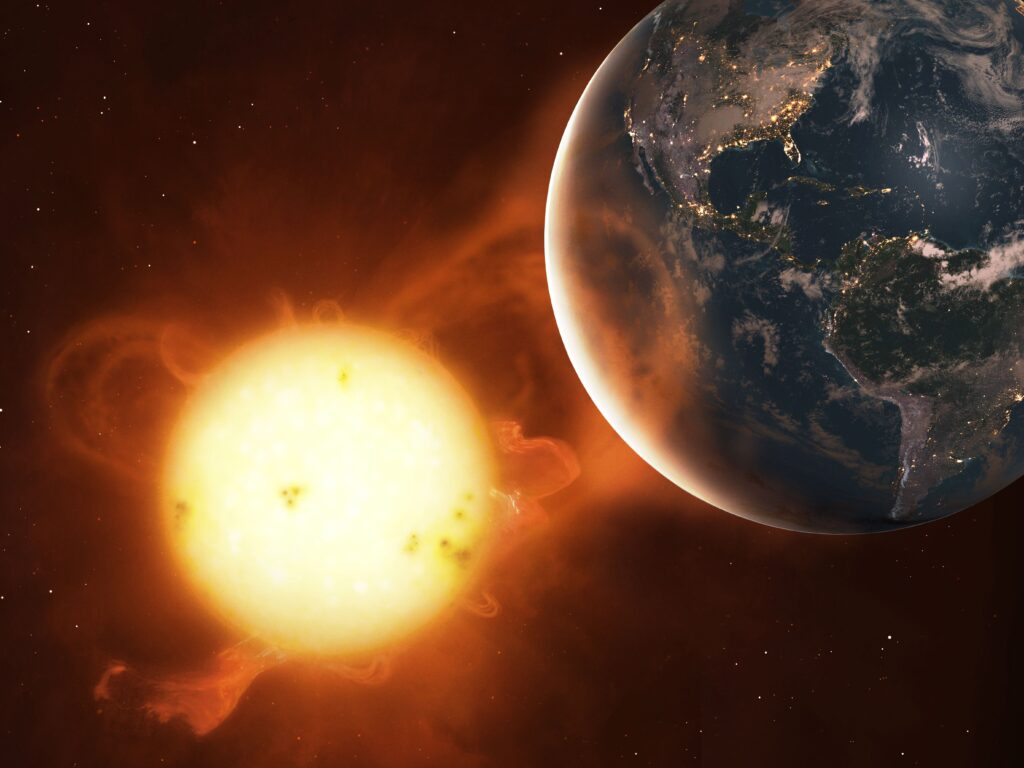
-
Decoding Solar Storms: Understanding Their Impact on Earth’s Infrastructure
Solar storms manifest in different forms, each with unique effects on Earth:
1. Solar Flares: Sudden bursts of electromagnetic radiation from the Sun can disrupt radio communications and navigation systems.
2. Coronal Mass Ejections (CMEs): Large expulsions of plasma and magnetic fields from the Sun’s corona can cause geomagnetic storms, leading to power grid failures and satellite disruptions.
3. Geomagnetic Storms: Disturbances in Earth’s magnetosphere triggered by CMEs or solar wind shock waves can result in auroras and infrastructure issues.
4. Solar Particle Events (SPEs): High-energy particle emissions pose risks to astronauts, satellites, and high-altitude flights.
Understanding these solar phenomena is essential to protecting Earth’s technology-dependent infrastructure and improving space weather forecasting.
